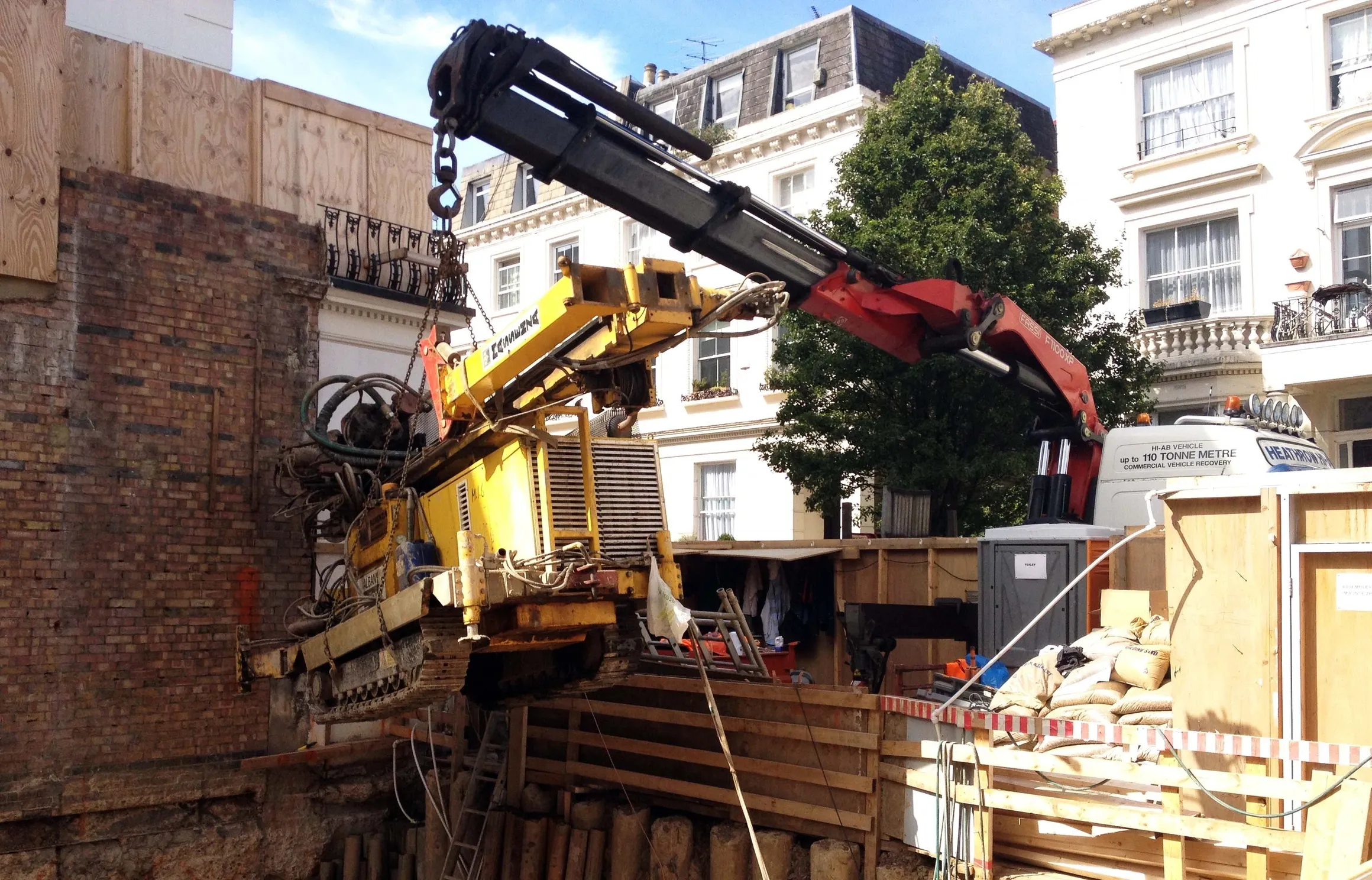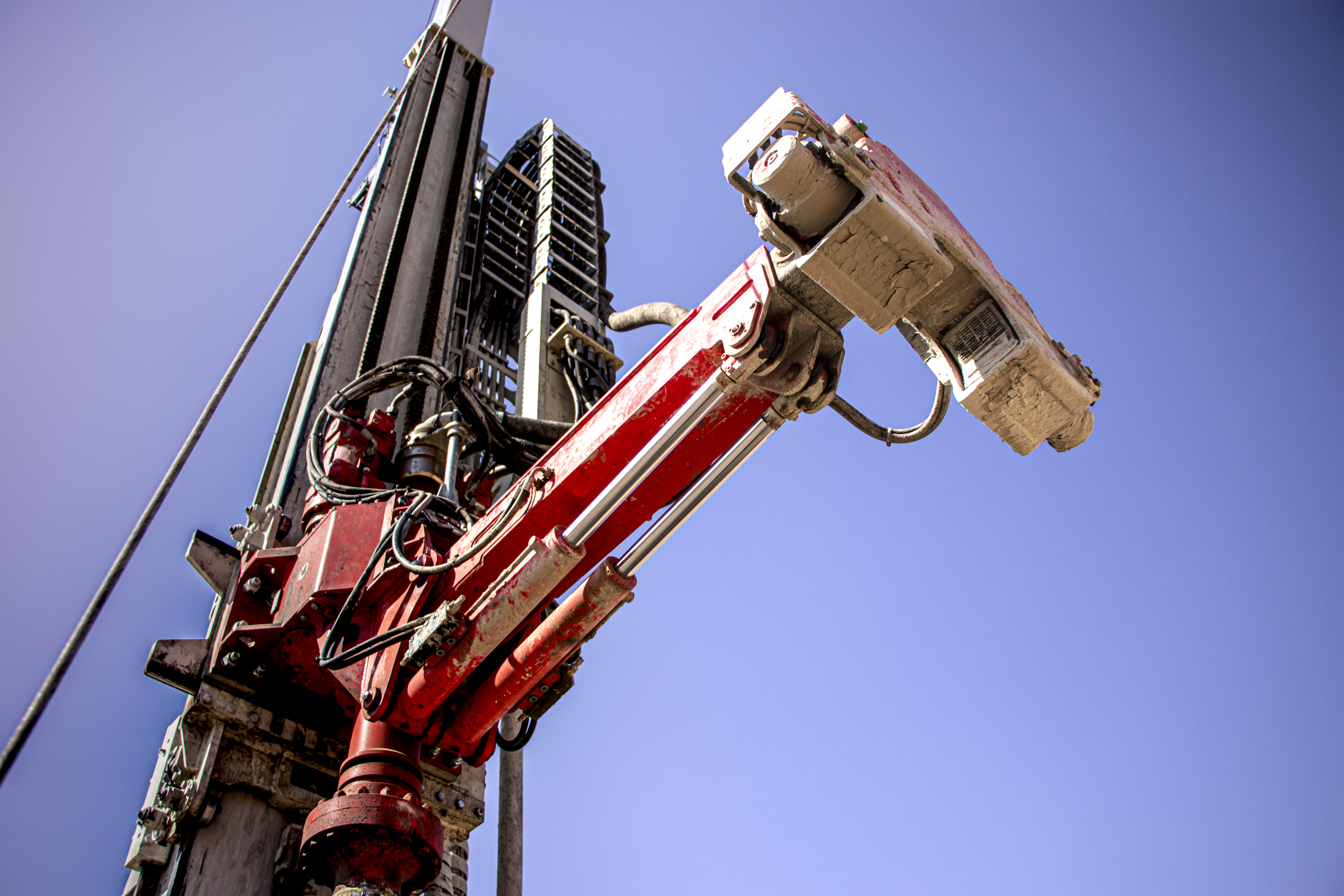
Dewatering for civil engineering and construction
If you’re working on a civil engineering or construction project, excess ground water can be a major obstacle. That’s where GSI’s dewatering services come in. We’ll remove the excess water from your site, so you can keep your project on track and avoid costly delays. Learn more about how dewatering works and how it can benefit your project.
We’ll make sure you’ll be working on your site as quickly as possible
Why use dewatering?
Removing excess groundwater from your site and keeping it that way is essential for your prep and schedule. GSI have dewatered many projects across the UK including HS2.
Often before excavation for a project can go below groundwater level, surface water or has to be removed to ensure good ground stability aka dewatering. It’s a temporary solution that pumps away excess water creating drier soil conditions.
An efficient dewatering plan keeps your project on time, reducing hold-ups that can be caused by heavy rain and sudden storms. A very real problem across the UK due to increasing rainfall over the last few years.

What are the other benefits of dewatering?
Not only does the dewatering process make for better foundations there are other benefits too. Keeping your employees and equipment safe and secure on site.
Standing water can become a health hazard, although rare is it worth the risk? Dirty water is a breeding ground for germs that can cause waterborne diseases such as gastroenteritis or even cholera. Dewatering also reduces the chance of your workers slipping, tripping and falling.
Dewatering vs. Drainage: What’s the Difference?
Understanding Dewatering and Drainage
Dewatering and drainage are two distinct techniques used in construction and other projects. Dewatering involves removing water from a specific area, such as a construction site or a flooded basement. This is typically done using pumps or other equipment to extract water from the ground or other surfaces.
Drainage, on the other hand, is focused on managing water flow in a larger area, such as a city or a watershed. This can involve building channels, culverts, or other structures to direct water away from buildings and other infrastructure. Understanding the differences between these techniques is important for choosing the right approach for your project and achieving the best results.
When to Use Dewatering
Use dewatering to remove excess water in a specific area. This can occur during construction projects when water accumulates in excavations or foundations, or in situations where flooding has occurred.
Dewatering can also be used to lower the water table in an area to allow for construction or excavation to take place.
It is important to note that dewatering can have environmental impacts, so it should only be used when necessary and with proper permits and regulations in place.
When to Use Drainage
Drainage, on the other hand, is used to manage water flow in a larger area.
It involves creating channels or systems to redirect water away from a specific location, such as a building or road. Property owners often use drainage to prevent flooding in low-lying areas or to manage stormwater runoff.
It is a more sustainable solution than dewatering, as it does not involve removing water from the area entirely.
Drainage systems can be designed to be environmentally friendly and can even be used to create green spaces or wetlands.
Arrange a Free quotation
Please feel free to get in touch to find out more, you can reach us using the form on this page, email or phone. We can’t wait to chat to you!
Call: 07523 208 711
Email: info@gsidrilling.co.uk
Gretton Site Investigations Ltd
29 Main Street,
Ashley,
Leicestershire
LE16 8HG



